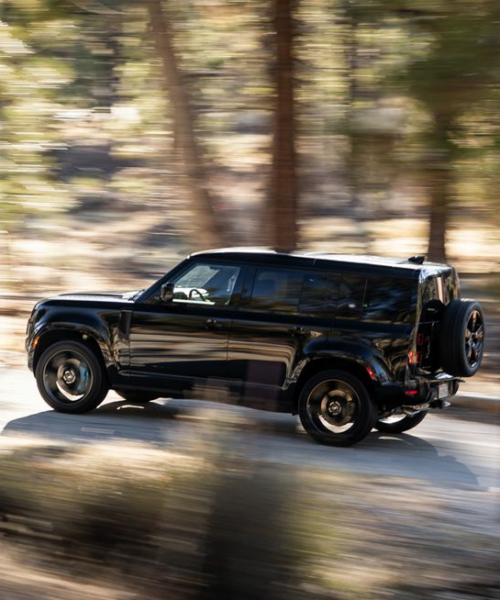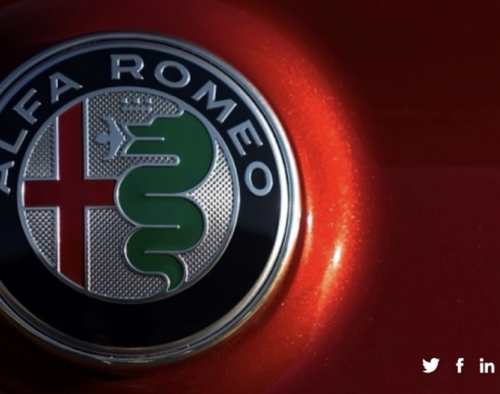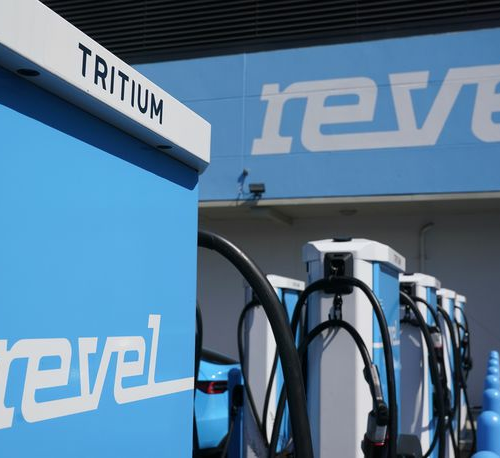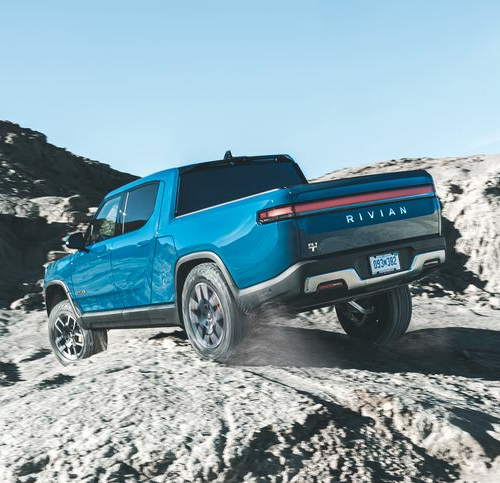BY RYAN WHITE | CarAndDriver.Com
Troy Warren for CNT #Cars
A lot happened in 2021, and some of it was even okay. But the long and the short of it was an industry short on supplies while consumers continued to demand. Also, a new Corvette Z06 was unveiled.
In March, an unsuspecting tourist in Hawaii might have wandered into one of 2021’s more illustrative stories. As reported by Hawaii News Now, a pandemic-related rental-car shortage meant that visitors to Maui interested in a Toyota Camry would be on the hook for more than $700 a day. In Honolulu, vans were going for $500 a day and convertibles for up to $1000. U-Haul, however, held to its standard prices for vans and pickups, and so moving trucks began showing up at the beach, surprising no one more than U-Haul itself.
Kaleo Alau, U-Haul Company of Hawaii president, told the TV station KHON2that during the usual pre-rental interview, customers would admit they weren’t moving anything, saying instead, “Oh, we’re just going to use it to drive around.”
In 2021, Stellantis officially became a company. In an April Fools’ joke, Volkswagen tried to convince people it was changing its name to Voltswagen, a step that was at least mildly believable because “Stellantis” is, in fact, real. Showing us all how naming should be done, Minnesotans christened a snowplow F. Salt Fitzgerald.
The U.S. Postal Service introduced a new mail truck that our own Ezra Dyer described as looking like a “robot Beluga whale built by the East German government.” The roads those trucks will travel get a cautious thumbs-up, as the American Society of Civil Engineers gave American infrastructure a C– grade, the nation’s best showing in 20 years. Speaking of improvement (or not, depending on your preferences), a whole lot of promises were made about future emissions and electrification.
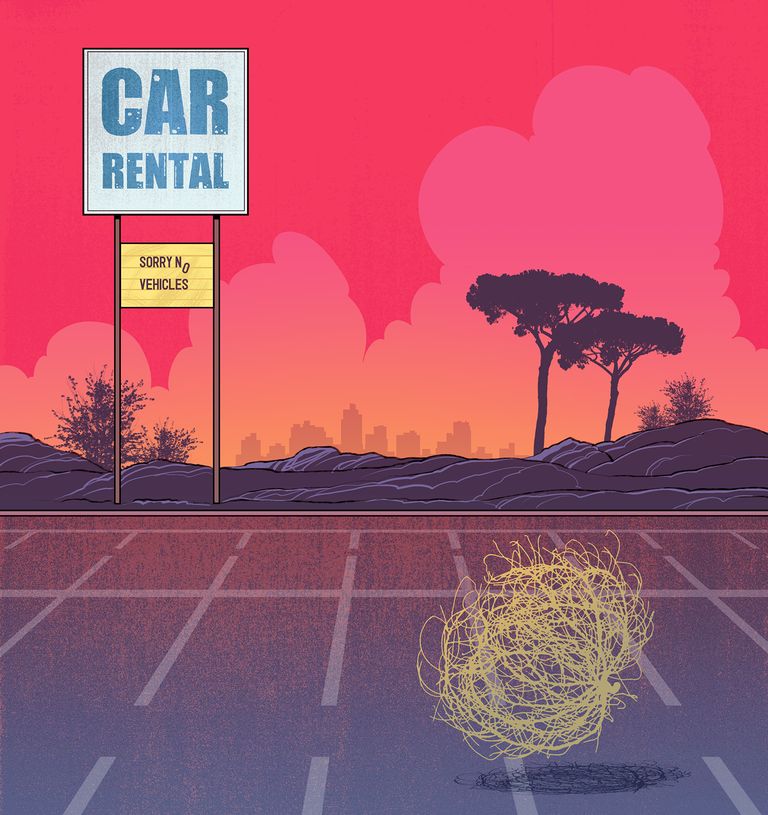
The year’s biggest story, the thread running through so much of what happened, can be summed up by anyone who’s ever taken Econ 101. Demand outstripped supply. What happened in Hawaii was one example. Here’s another: In May, a cyberattack crippled the Colonial Pipeline, which supplies 45 percent of the East Coast’s gasoline. Pumps ran dry, and people did insane things like line their trunks with plastic bags full of fuel. The shortage didn’t last long, and CNN reported that Colonial met the hackers’ ransom demands, giving them nearly $5 million.
The auto industry would have gladly paid more than that to solve the year’s stickiest supply-chain slog. There just aren’t enough silicon semiconductors to go around—particularly since pandemic-related corporate panic led carmakers to cancel orders—and the modern vehicle needs more of them than ever. What began as a sprinkle of bad news in early January—right around the time Mercedes-Benz showed off a new 56-inch semiconductor-rich infotainment display dubbed Hyperscreen—became a flood by late March. By then, Audi, Ford, General Motors, Honda, Mercedes, Nissan, Stellantis, Subaru, Toyota, Volkswagen, and Volvo all had seen North American production delays. By April, Ford estimated as much as a 50 percent cut in production in the second quarter.
Used-car prices jumped 10 percent from March to April, the highest single-month increase since at least 1953. In May, a Cox Automotive survey found that 40 percent of new-car shoppers were willing to pay 12 percent over sticker price. At the time, the average new car cost almost $42,000, a number that has continued to climb.
All the way until June, analysts like Henner Lehne, vice president of global vehicle forecasting for IHS Markit, thought the industry’s issues would work themselves out by the end of the year. But the chip-shortage situation never got much better. As of early November, Lehne says, automakers had announced 9.2 million units lost due to the problem. He notes that various accounting practices make that a bit of a squishy number, but nonetheless, it’s a lot of damn vehicles that can’t move from dealerships to driveways.
So, while Tesla’s valuation hit $1 trillion in late October, and Ford’s share price crested to a 20-year high at $19.72 in early November (after starting the year under $9 per share), much of the good news was based on hope. For Ford, that feeling is pegged to the Bronco, the F-150 Lightning, and the Maverick, all of which shared the spotlight in 2021. Not that Ford was alone under the lights. Chevrolet unveiled a new Corvette Z06, and GMC rolled out a Hummer EVthat weighs more than 9000 pounds and should sprint to 60 mph in three seconds. Jeep brought back the Grand Wagoneer, designing something like a C-suite on wheels. Great place to take a meeting, that Grand Wagoneer.
There’s a lot to look forward to in 2022, but there’s also a lot that won’t change. Lehne says the supply chain remains stretched to capacity. Demand continues for phones and video-game systems, and contactless payments are more popular than ever, and all of those things require semiconductors, and all it takes is a fire at a factory in Japan or a massive storm in Texas to throw the supply into chaos. “Real relief will only come with more capacity,” he says.
When’s that coming? See you in 2023.
In Other NEWS

































